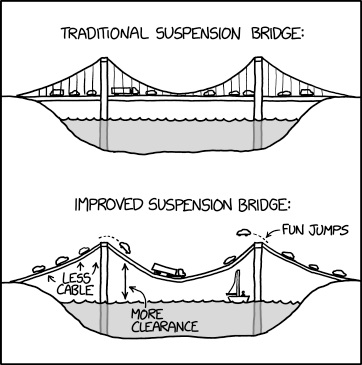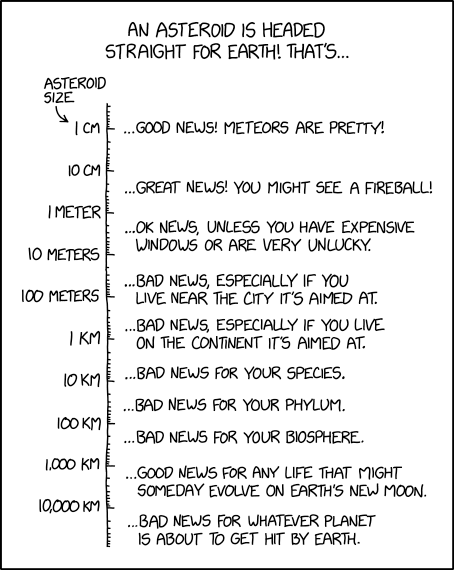Maybe he just wants his 78 RPMs to play for a tiny bit longer.
Is a “precession adaptor” really a thing? (Search results swamped by “precision adaptor”)
No, it’s just a funny idea for a telescope mount. The Earth precesses every 26,000 years; way too little to ever be relevant for a telescope. A normal telescope mount only has to compensate for the 1/day revolution of the Earth. Any extra compensation would be totally swamped by other factors.
I can imagine that for telescopes doing very high precision observations such as parallax measurements some adjustment might be needed on a timescale of decades.
Not for the traditional way parallax is measured. They don’t use the direction the telescope is pointing, but rather measure the offset of the target star from much more remote stars or quasars or whatever. So they have to make sure they get several (at least three) more distant objects in all the images.
Well… That depends on being able to resolve all the objects involved very precisely. And if you’re working on a long exposure, that in turn would depend on your telescope tracking the sky accurately. And that, in turn, would depend on your telescope mount being accurately aligned to true north.
Though I suppose that wouldn’t actually vary with precession (though it might depend on things like the Chandler wobble).
There’s quite a list of perturbations between 1x/day rotation and the ~1x/26K year cycle of axial precession.
Even plate tectonics going to slide your telescope around faster than precession!
This device has rotational control over 15 orders of magnitude. Go buy some lesser brand if you only need 8.
I’ve never had a Dremel and I was unaware that they spin so much faster than a cordless drill.
Some of us learned about the surprisingly high RPM of dental drills from Don Martin:
If you’d ever held one or seen a vid, the sound of the thing is scary out of all proportion to its small size. I’ve only borrowed them or used them in school shop, but to me they’re sorta like shrews: fierce for their size. I always felt like if I dropped the thing while it was running, it’d happily amputate my leg on its way down to the floor. Reality is rather more mundane, but the feeling is real to me at least.
Since it’s more intended for grinding or cutting than as a tool for drilling, some of the very high RPM is about getting the linear speed of the perimeter of the tiny discs or saws up to a value not so different from an ordinary drill motor spinning a 4" diameter disc.
Another aspect is that for fine work you want itty-bitty teeth or not-so-aggressive abrasive so the completed cut or surface is smooth and needs little touchup. To get a decent material removal rate under those circumstances, linear speed in the form of RPM is the only remaining variable to crank up.
“As a first step, they can put in a secondary deck, to help drivers try it out and find out how fun the jumps are. After a while no one will use the old flat deck and they can remove it.”
Incidentally, it seems like most new suspension bridges use support cables all suspended directly from the towers rather than a primary cable. Why is that?
The thing you’re describing is not properly a “suspension bridge”. It’s a
The big difference is the maximum possible span between towers of a cable-stayed is significantly less than the maximum span of a suspension. So for short runs which in prior eras may have been built suspension style, a cable stay is a more economical substitute. For truly long spans between towers, traditional suspension is still the only way to go.
(After reading LSL_Guy’s link)
Because they look hella cool!
They certainly do. Tres moderne.
Here’s a very interesting hybrid sort of arch suspension bridge. Not practical to scale up, but ultra cool structurally.
“The bottom ones are also potentially bad news for any other planets in our solar system that have been counting on Earth having a stable orbit.”
For the 10 cm - 1 m size, there’s also the possibility of finding the meteorite(s).
Paging @Darren_Garrison …
Meteorite cleanup on aisle 3978. ![]()
Probably apocryphal, but supposedly in one of the few instances where a meteorite hit a house, an insurance claim was filed with the cause of damage as “falling rock”.

